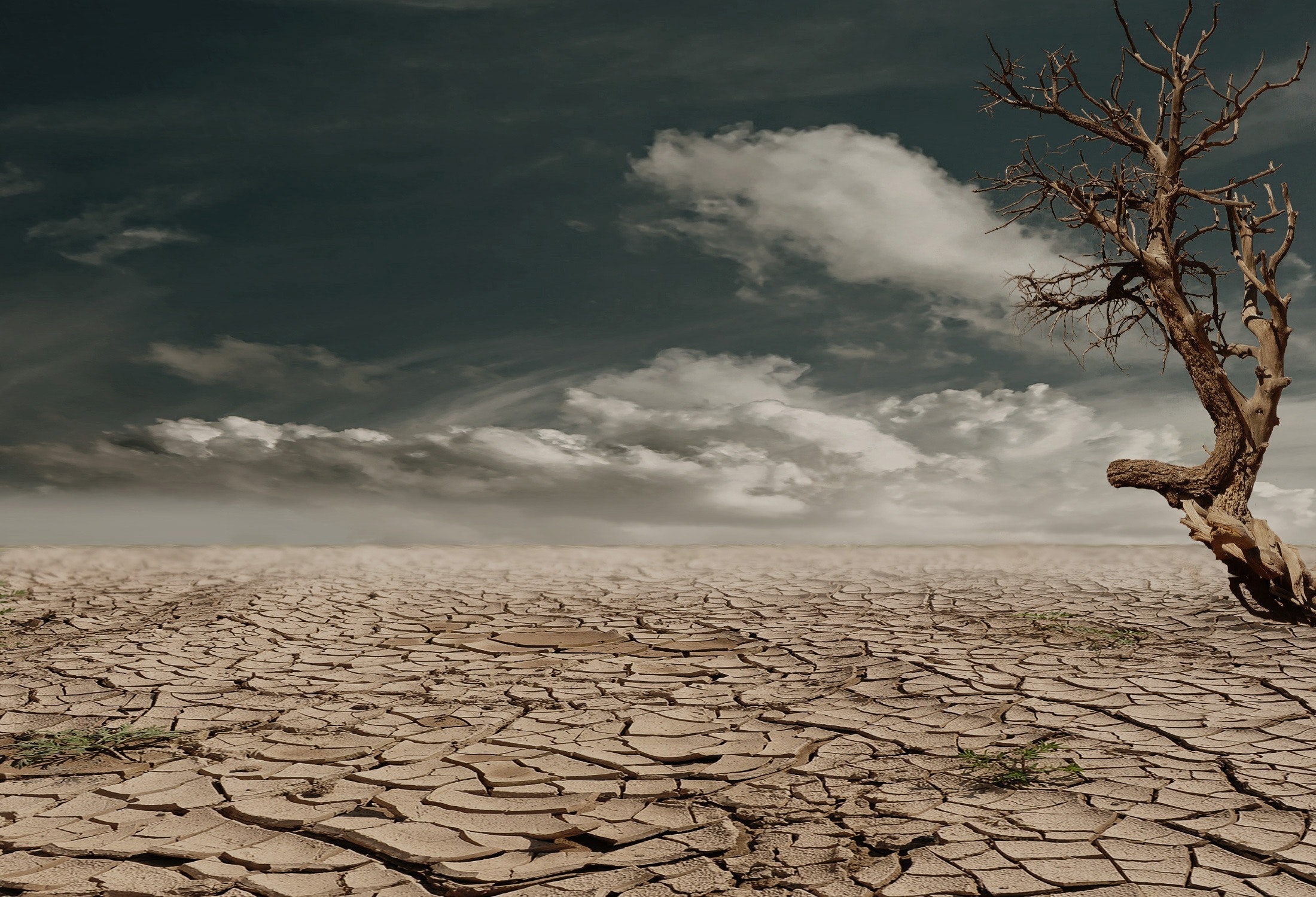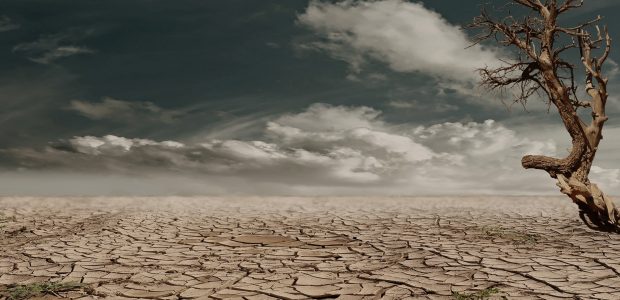
An area can can experience near-record rainfall for weeks, even floods and landslides may occur and the locals may struggles to cope with so much water. In Mediterranean climates the cause may be massive flows of moisture dragged through the skies from the oceans and the moisture is then unleashed as staggering volumes of rain and snow. In spite of this, scientists say that even this much precipitation won’t reverse decades-long drought.
To use some examples: During January 2023, San Francisco got more rain than it has done in any similar period for 150 years and the Sierra Nevada mountains have received as much as ten meters of snow. There’s no doubt that this amount of water may help in eliminating the drought in California but the drought is not over.
During late December 2022, several areas of Portugal, Spain, Italy and Croatia saw severe flooding as stormy weather moved across parts of Europe. As much as 420 mm of rain fell in just 3 hours in Italy’s Marche Region alone.
In Portugal the worst of the flooding occurred in Manteigas municipality, Guarda District, where heavy rain fell on the fire scarred areas of the Serra da Estrela mountain range. This area had seen intense forest fires during the summer prompting the government to declare a state of calamity. Flood water, mud, downed trees and debris raced down hillsides around the village of Sameiro in Manteigas municipality, damaging buildings, infrastructure and dragging vehicles into the Zêzere river.
Stormy weather and heavy rain affected the regions of Catalonia and Valencia in Spain. According to the Meteorological Service of Catalonia, 90 mm of rain fell in the Port of Mataró area in 60 minutes. Flooding was also reported in Castellón and Alicante Provinces in Valencia Region as in 12 hours, Oropesa del Mar recorded 144.4 mm of rain; Benissa 139.0 mm; Torreblanca 138.8 mm; and Callosa d’en Sarrià 132.0 mm.
The Marche Region in Italy recorded 420 mm of rain that fell in about 3 hours. The regional government reported severe flooding as rivers, including the Misa, Cesano and Esino, along with several small watercourses, broke their banks. Flooding caused bridges to collapse, blocked roads, damaged homes, interrupted power supply and swept away vehicles. Some areas were left without telecommunications and water supply. Emergency Services received more than 2,600 calls for assistance.
In Croatia one person died in flash floods in the port city of Rijeka after torrential rain as 287.5 mm of rain fell in 24 hours in Rijeka. Local media said unofficial figures showed the city recorded 140 mm of rain in just 2 hours. Streets of the city and areas of Istria County were swamped and traffic brought to a standstill. Homes and public buildings including a school and a police headquarters were damaged.
In spite of all this heavy rainfall in many parts of the Mediterranean climate areas, aquifers are in deficit and countries face a much deeper-seated problem with its depleted groundwater. The torrents of rain that have fallen are not all that effective at recharging them as the soil became saturated quickly, so instead of being absorbed, subsequent downpours just ran off.
The agricultural sector, which supplies all supermarkets, is a heavy user of underground water. That intense need for irrigation water. coupled with big cities not having near enough water to support their populations, means almost no matter how much it rains, it will not be enough as the demand for water is an ever growing fact.
Human-caused climate change is already making itself felt, with average global temperatures up 1.2 Celsius since pre-industrial times. That contributes to longer term trends like droughts, as well as to the increasing ferocity of winter storms in Mediterranean areas worldwide. Humans will have to solve this water crisis by adapting to the climate that they have altered. That includes learning how to retain the water when it falls as rain, to tide the agricultural sector through the hotter, drier summers.
Many communities built levees to protect them from flooding but they prevent the aquifers from recharging. Every major river would benefit from widening the floodplains, by moving the levees back from the river and letting the rivers flood more. Instead of thinking we can control all floods, we have to learn to live with them. When communities are hit by repeated flooding, even while experiencing droughts, we should not repeat old measures. Now is the time to embrace new techniques that are becoming known everywhere and have shown great success. The simplest and most effective way to replenish groundwater is the construction of swales. Swales are water-harvesting ditches, built on the contour of a landscape. Current ditches are designed to move water away from an area, so the bottom of the ditch is built on a modest slope. Swales, however, are flat on the bottom because they’re designed to do the opposite; they slow water down to a standstill, eliminate erosion, infiltrate the surrounding area with water and recharge the groundwater table.
The beauty of a swale system is that it is self-regulating. Once the available water has reached an equilibrium, when it has filled the lowest point and has no where else to go, it just sits there, unmoving. This allows the water to slowly seep into the surrounding landscape, hydrating the soil and recharging the water table below. The berms or mounds along a swale also provide enough water to establish a tree system with little to no additional irrigation.
Swales fulfill three important functions:
- it carries water from the ditch to fill the dam,
- it rehydrates the landscape,
- and it prevents the dam from overflowing by acting as a channel back to the ditch.
Conventional wisdom needs to be employed by everyday citizens to start planting water in an effort to ensure a future with enough food for all.

